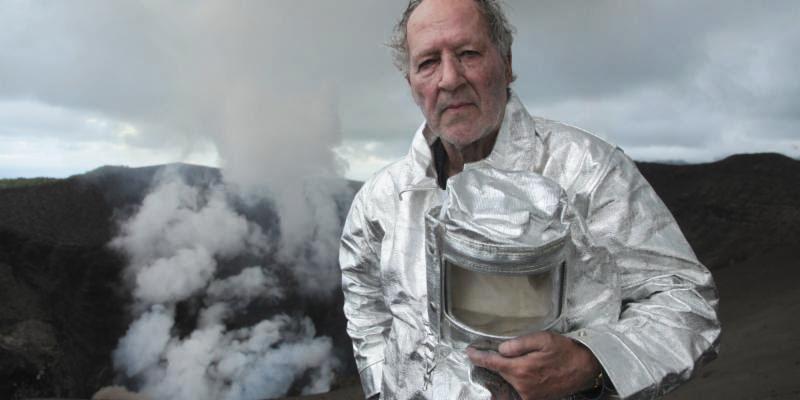Volcanoes Are Lit, ‘Inferno’ Is Not
German filmmaker Werner Herzog explores the philosophical and cultural influence of volcanoes on their surrounding communities in the documentary “Into the Inferno.”
October 31, 2016
The German filmmaker Werner Herzog, whose recent documentaries have covered topics ranging from death row inmates to a man with grizzly bears for roommates, has returned to a familiar fascination: volcanoes. His new documentary, “Into the Inferno” succeeds mightily at capturing the majesty and spirituality that these towering beasts inspire, but the film suffers from an assortment of unstructured digressions that could test the patience of a viewer whose interests don’t align with the director’s.
Herzog’s obsession with the natural phenomena first began with “Encounters at the End of the World,” during which he interviewed Clive Oppenheimer, a volcanologist studying Mount Erebus in Antarctica. Now, with “Into the Inferno,” Herzog teams up with Oppenheimer as they travel to four different regions to explore the volcanoes themselves and how the surrounding communities incorporate these massive geographical features into their culture. The film largely eschews the scientific aspects of volcanoes, and instead focuses on their divine and philosophical significance.
Along the way Herzog and Oppenheimer encounter a number of people whose religious worldviews have been influenced by the adjacent volcano, including a man on Ambrym Island in the South Pacific Ocean who says his brother can communicate with the volcano — during one such conversation the volcano lit his cigarette — and an Indonesian man who felt moved to construct a church shaped like a chicken that faces the direction of Mount Merapi. These figures are all fascinating and Herzog spends an appropriate amount of time with each, making it clear that his intention is not to mock, but instead to seriously consider why they have such strong mystical connections with the volcano.
What sets “Inferno” apart from any nature documentary on the Discovery Channel is the final section of the film, in which Herzog and Oppenheimer are invited to film in North Korea. Herzog wisely uses this exclusive opportunity to go beyond the scope of Mount Paektu and discuss how the volcano is used symbolically in propaganda by the state. It’s astonishing that the filmmaking team received this invitation and Herzog delivers some captivating, rare footage from inside the isolated totalitarian nation.
While the loose structure gives Herzog the freedom to explore whatever piques his interest, it can get tiresome if the viewer doesn’t share his fascination. For example, if you could not care less about archaeological digs and the discovery of ancient human fossils, there’s a good portion in the middle of the film that you’ll want to skip. As a result of this freeform style, Herzog has the ability to be more lyrical and philosophical with his considerations, but it can cause the documentary to lose its momentum during some sections.
Despite these digressions, “Into the Inferno” is a mesmerizing look at the spirituality, power and majesty of volcanoes and another strong entry in the filmography of one of our best working documentarians.
“Into the Inferno” was made available on Netflix on Friday, Oct. 28.
A version of this article appeared in the Monday, Oct. 31 print edition. Monday, Email Zach Martin at [email protected].
























































































































































